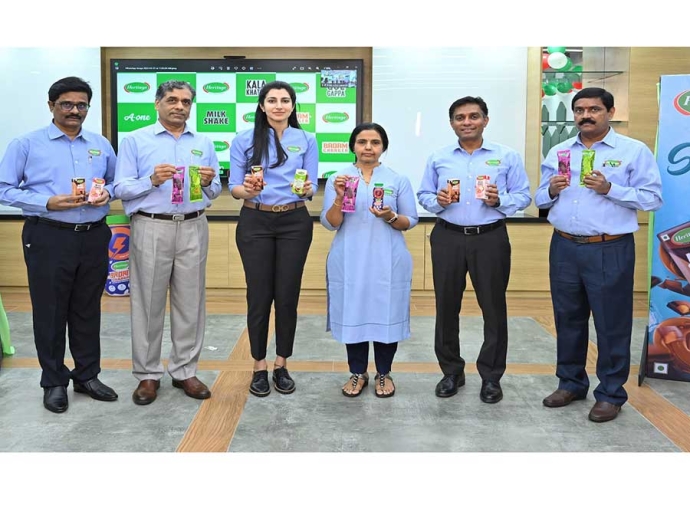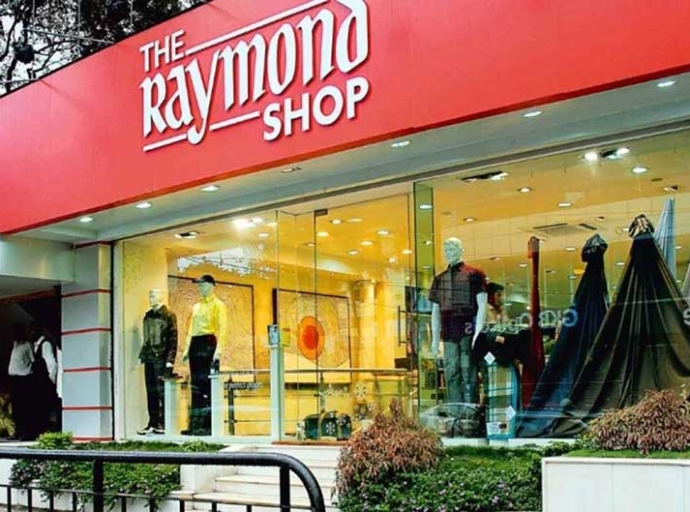18 July 2023, Mumbai
Whilst e-commerce in India continues to be acknowledged as the fastest-growing sales platform, the trend seems to be a growth spurred on by more premium lifestyle products and healthcare whereas sales of mass-market brands are contracting.
As per research firm 1Lattice consumers both rural and urban from the lower economic stratum are not purchasing as much as they used to before and this is true for both platforms - offline and online.
Drop in mass-market brand sales
The decline in the sales of entry-level and mid-range smartphones is a case in point. Smartphone sales make up roughly one-third of the wider electronics segment in e-commerce and dipped by 20 percent in volumes between January and June 2023 on a year-on-year basis.
The drop in value was lesser than 13 percent. Experts are putting this decline down to inflation and the supposed recession that India is apparently going through and the return of the festive season sometime in the fourth quarter of 2023 might turn the decline around.
The data on e-commerce by warehousing solutions provider Unicommerce states between April and June 2023, growth was 24 percent but this data may not prove to be correct as Unicommerce did not include data on smartphones as it does not cater to warehousing for this product category.
Unicommerce says, in these three months, the biggest growth was in the healthcare and pharmaceuticals sector at 47 percent, followed by eyewear at 30 percent and fashion and accessories at 24 percent.
Premium products lead to e-commerce growth
If lower-priced products are pulling down the monetary value of India’s e-commerce, the growth of premium-priced lifestyle products is not only counterbalancing it but also increasing the sector’s total monetary value. Therefore, at this moment in time, sales of high-priced items are counterbalancing the drop in volumes of lower-end products, keeping the e-commerce sector buoyant.
Economic headwinds
Many businesses are not really happy with the current trend as they feel the rise in sales of high-priced items may not be sustainable in the long run as the world’s economic spiral may impact India quite hard soon enough.
With lower-end products declining sharply, the revival of online shopping within that large base of customers may take a long time, which may not be feasible for medium and small enterprises that have only e-commerce as their selling platform.
Drivers
As per experts, while high-value products are driving growth in online retail for now, slowing sales of low-value items is not a good sign for the industry. For example, in the fashion and accessories sector products priced below Rs 500 are selling less while those priced higher are doing well.
This has also been the case with smartphones and the trend continues. Experts are doubtful about this trend panning out over the rest of the year.
The battle between online and offline
This battle continues with online retail experiencing a drop in volumes and offline gaining traffic. More consumers are returning to their touch and feel experience, particularly for higher-priced items which belies the data about premium-priced items driving e-commerce.
ICICI Securities in the meantime published insights on how the e-commerce sector is playing out vis-à-vis the offline retail sector.
It pointed out that while naysayers are questioning the buoyancy of India’s e-commerce, the April to June performance by food and grocery delivery platform Zomato and omnichannel beauty and fashion retailer Nykaa show strong growth. Nykaa’s revenues grew by 11 percent and Zomato’s by 9.2 percent.
Latest Publications


































